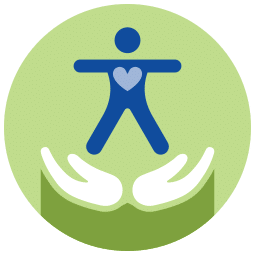“I need you to…”
If you work for a project manager or as an administrative professional on projects, you hear those four words on a daily basis. The work of a project admin is never straightforward: you juggle multiple projects with different objectives, structures, timelines, and degrees of your engagement required. Regardless of the projects’ differences, they have one common denominator: priority. Each project is just as important as the other, which makes it difficult to decide which project’s tasks to take on first.
Fortunately, with several tools available to help you outline important tasks/activities to complete, you can achieve measurable success for each of your projects. Tools such as Project Definition worksheets, Gantt charts, Burndown charts, status reports, project plans, and a Work Breakdown Structure (WBS), can all direct your project efforts. These tools are also a great way to communicate your project’s progress and accomplishments to your team and clients.
Additionally, with three qualities in your arsenal, you will maximize these tools’ effectiveness: a level-headed positive attitude, flexibility, and superior organizational skills.
Stay Positive
Two simple words – “stay positive” – are anything, but simple. There is no such thing as a perfect project; every project will encounter at least one, if not multiple, speedbumps. Anything from missed milestones, scope creep, resource constraints, uncooperative clients, uncooperative team members, or change orders, can undermine your team’s positive energy. If you are fulfilling your role as a project admin, your team will lean on you more and more throughout the project as they encounter these speedbumps.
Be Flexible
As a project admin, you will be given responsibilities at the beginning of the project that will recur on a daily or weekly basis for the entirety of the project. These responsibilities may falsely suggest a routine schedule, but you will undoubtedly receive one-off requests throughout the project that you will have to incorporate into your daily workload. The best thing to do is ask the person, “When do you need this by?” This helps you prioritize the task while effectively communicating to the person making the request the date they can expect to receive this task completed.
Remain Organized
In my opinion, the most important quality you can possess is being organized. Projects can quickly turn into a chaotic mess if the person responsible for scheduling, meeting notes, action items, project plans, and documentation is not highly organized. There are several tools to help you stay organized and even more how-to articles online. I utilize the following organizational tools daily: old-fashioned checklists, virtual sticky notes, and Microsoft OneNote. For project work, utilize a team collaboration site similar to SharePoint. Sending documents as email attachments is a nightmare for version control and is simply inefficient. A web-based platform that allows you and your team to work on a document simultaneously is an incredibly valuable investment.
The combination of these tools and qualities will, without a doubt, help you achieve measurable success for your project. However, as important as the weeks, months, and years working toward the go-live date for your project are, it is just as important to focus on your project’s daily successes and achievements.




